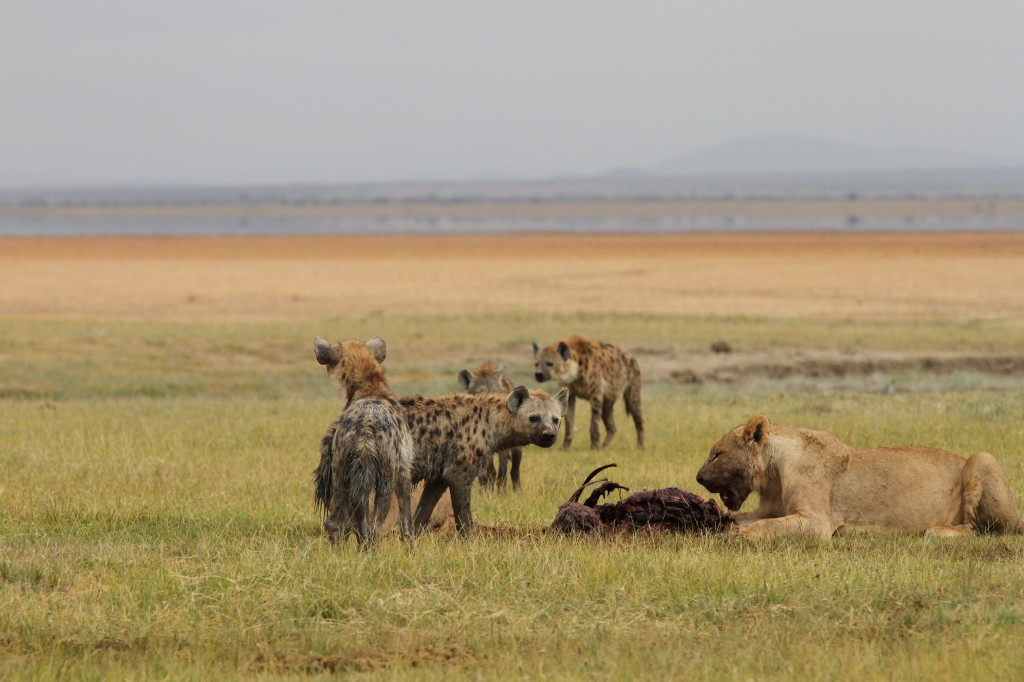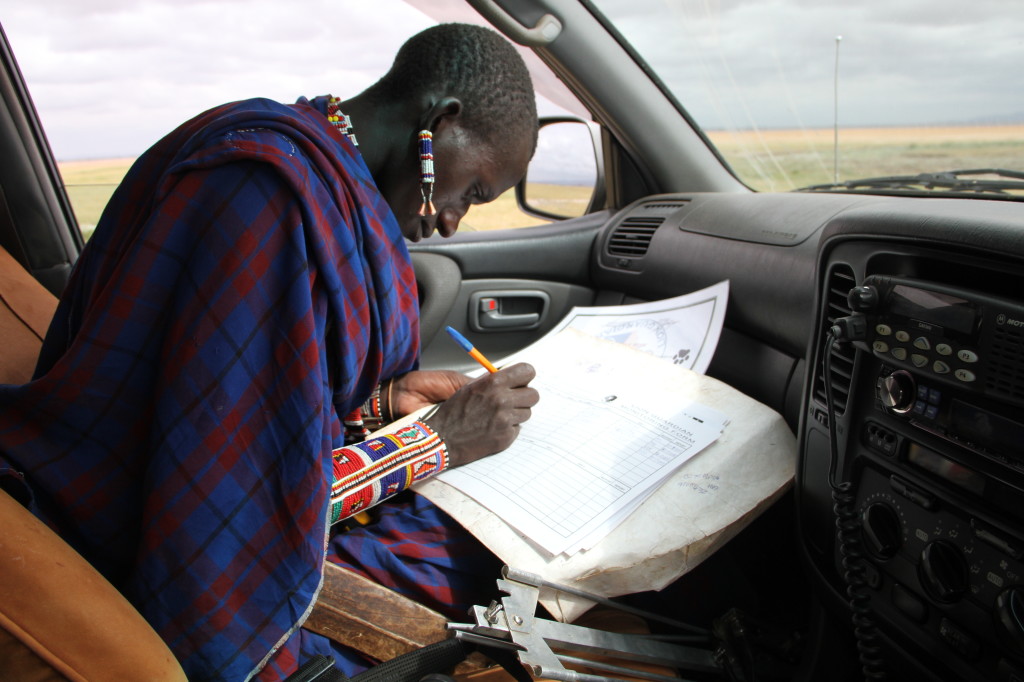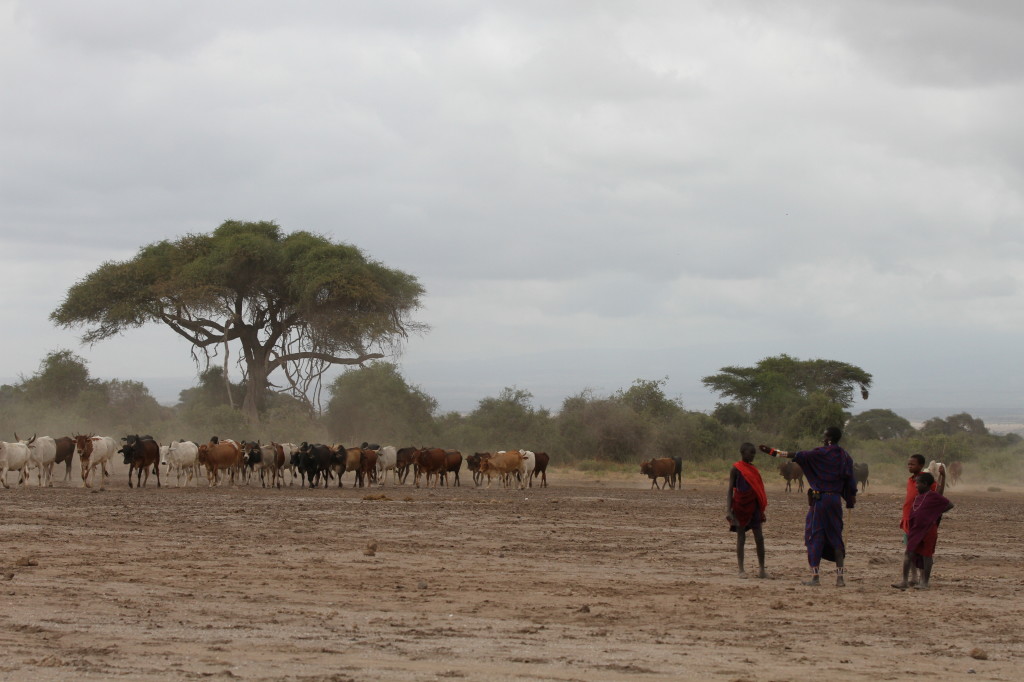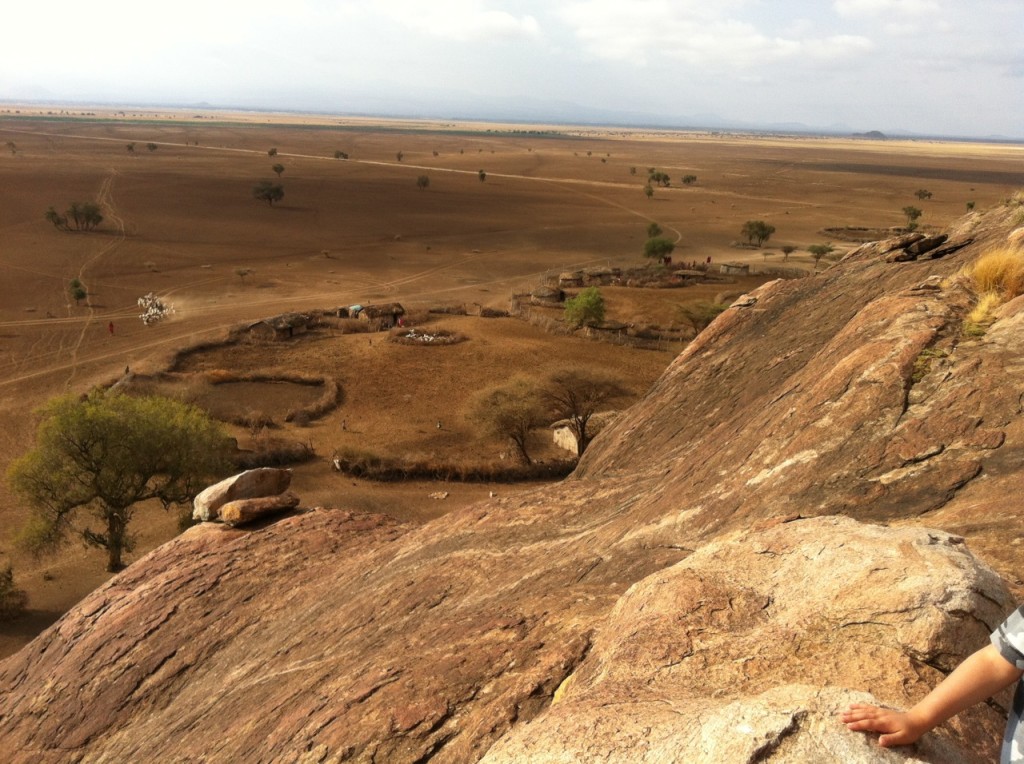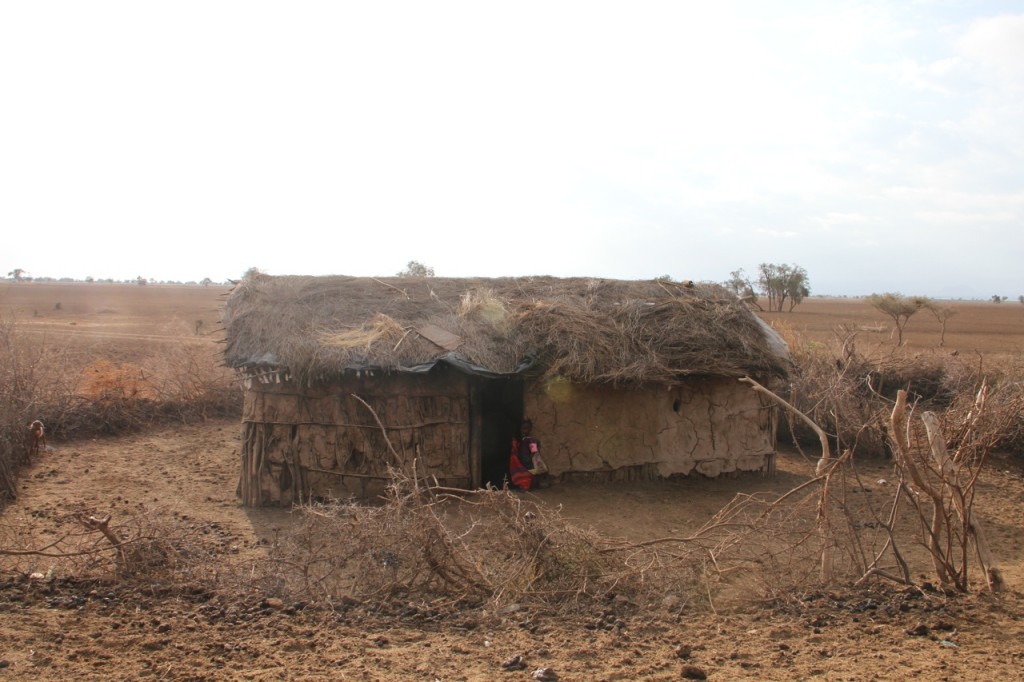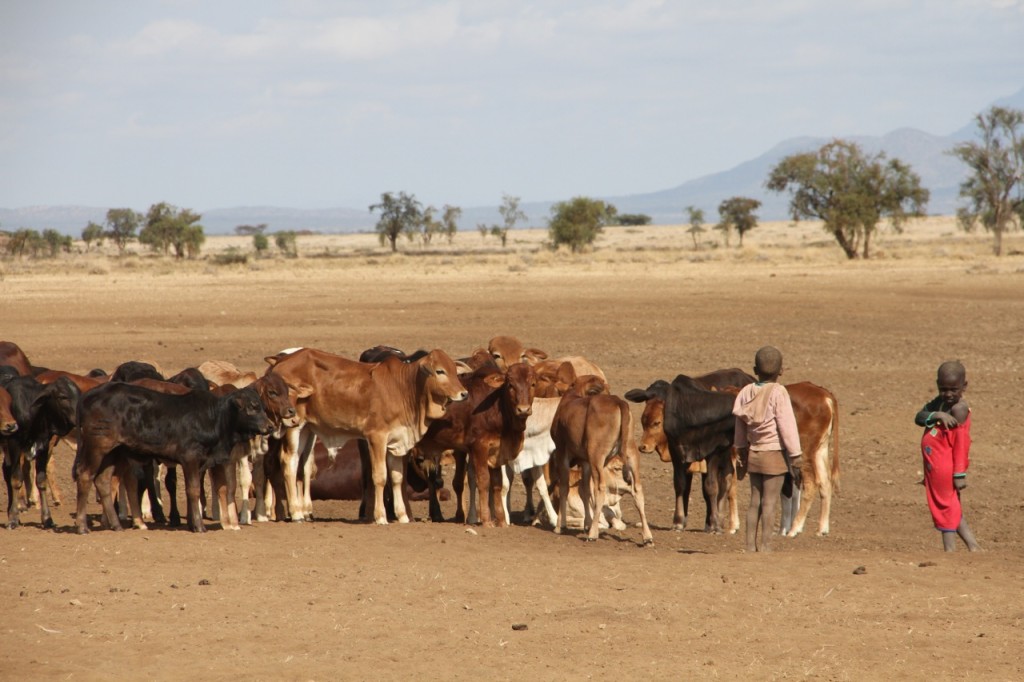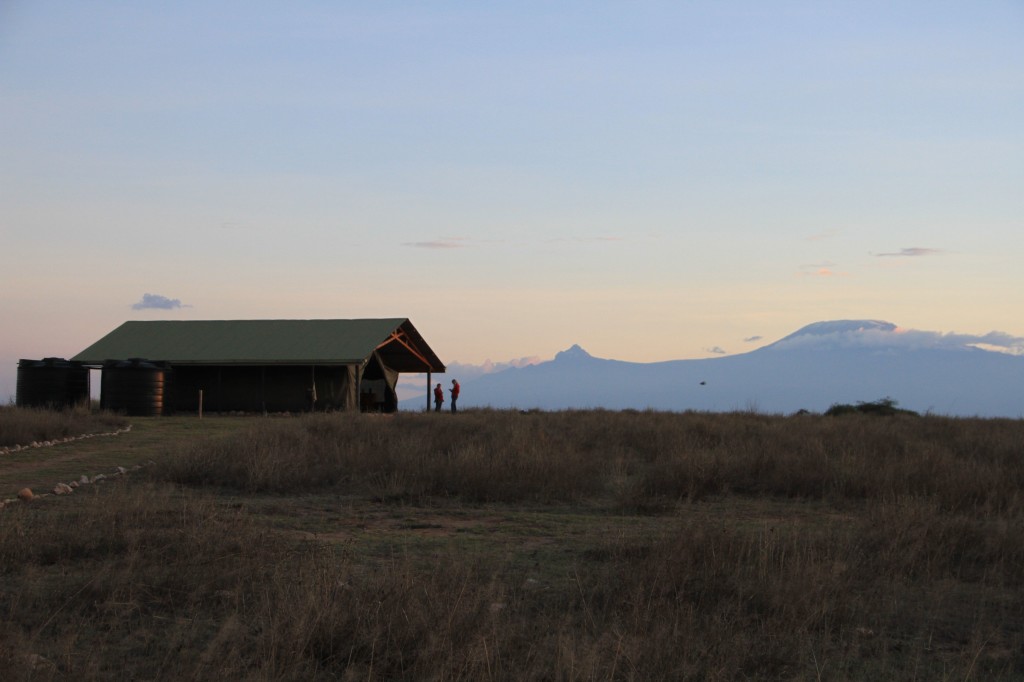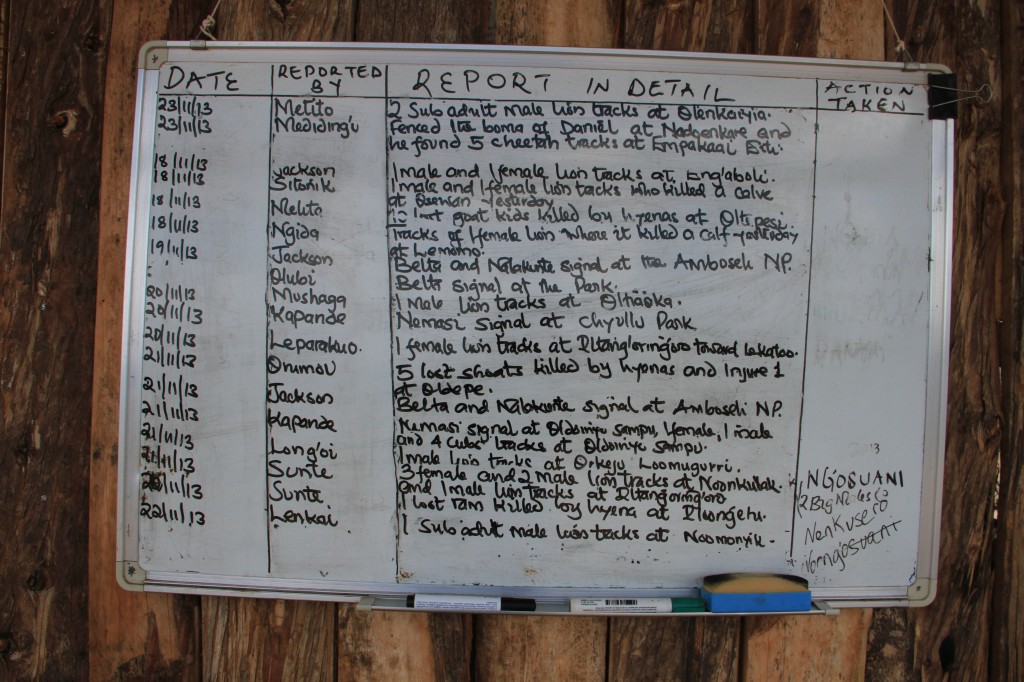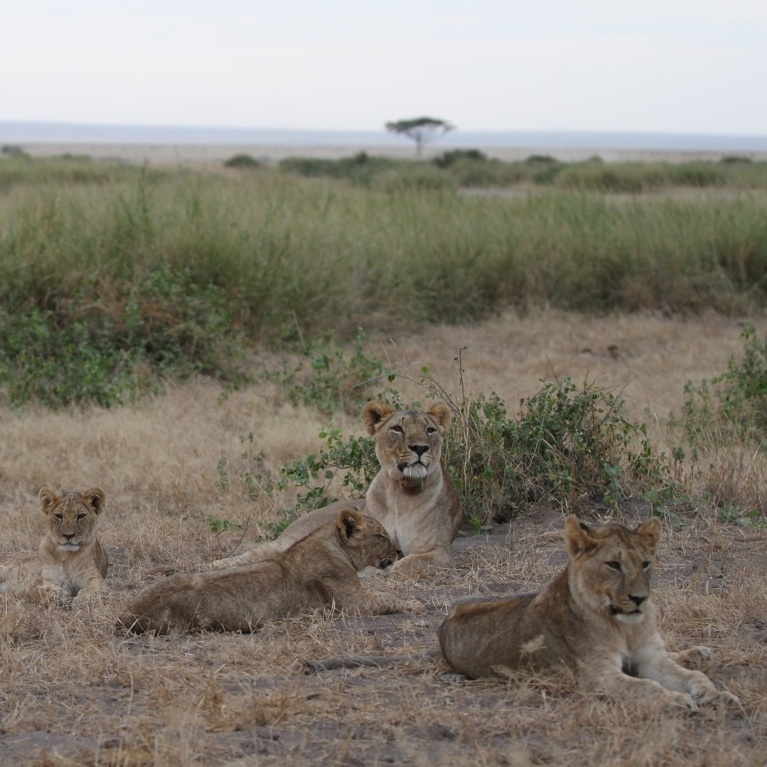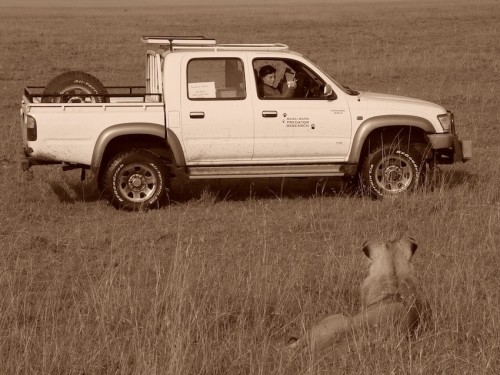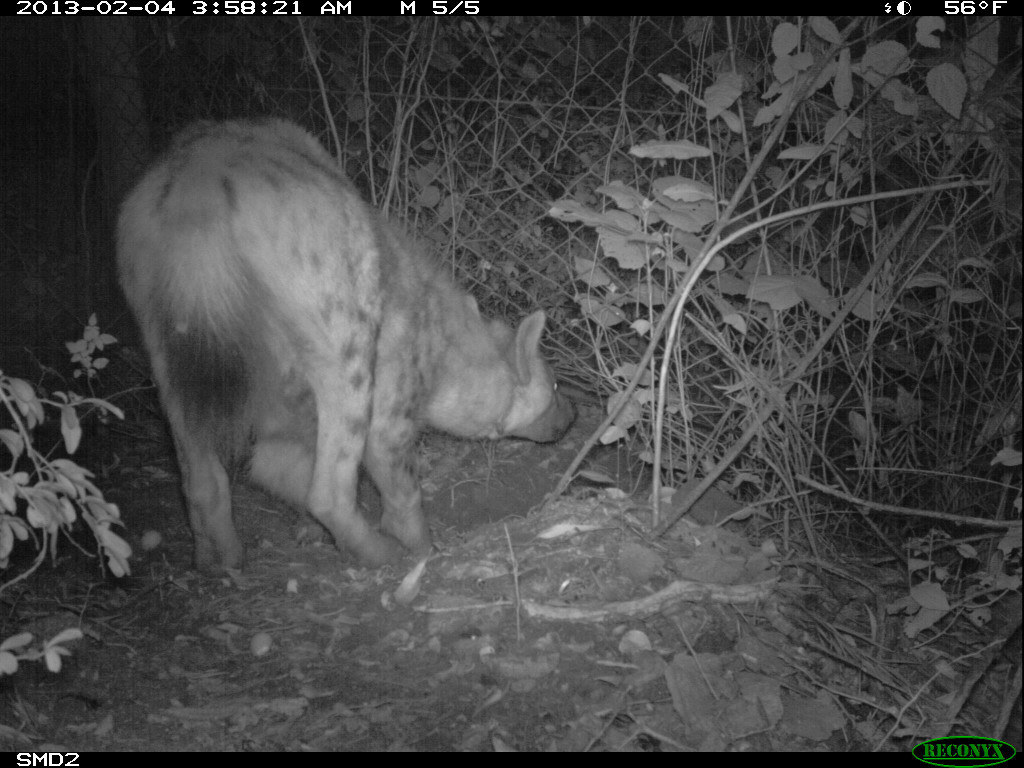A new species ventured through the fence hole last week: the bushpig, Potamochoerus larvatus.
Here is a video, composed of the still images taken by my motion-activated Reconyx camera trap:
We have had warthogs on our plot since the day we moved in, and I have hundereds of photos of these portly suburban pigs coming and going through the fence hole since we put the camera traps up about a year ago. Day after day I have gone through the camera trap images full of warthog snouts and butts. I have more images of suburban warthogs than any other wild animal, and we honestly never even considered that there was another species of wild pig in the neighborhood.
But about a month ago, I was quickly reviewing a few days and nights of camera trap photos when I suddenly saw a new shape peering at the camera from the darkness beyond the fence hole. It looked like a warthog without any warts or tusks, and with a swollen, abnormally long face. And it was a bit too hairy in some places, not hairy enough in other places. Even though the photo was blurred and dark, I knew it couldn’t be a warthog. So I turned to my trusted field guides (The Kingdon Field Guide to African Mammals and Estes’ The Behavior Guide to African Mammals), and confirmed that the only animal it could be was a bushpig. Over the next few weeks I continued to get images of this shy creature checking out the fence hole at night…until she finally decided to come on to our plot at 20:15 on January 17th – and leave just 5 minutes later.
Very little research has been done on bushpigs, but according to the work summarized by Estes, they are widespread in wooded and savanna habitats and can live in any kind of habitat with concealment and food. They are nocturnal and omnivorous: while roots, bulbs, and fallen fruit are thought to be main foods, bushpigs will also readily eat carrion and excrement, and they can even kill small mammals and birds. Although you can’t see the tusks, they are razor sharp and can be up to 7 cm long. Bushpigs use these tusks to dig deep holes, for defense, and for fighting.
While I was thrilled to see this new species at our house (I have never seen it elsewhere, despite it being widespread and common!), the bushpig is considered a serious agricultural pest in Africa. Bushpig populations can increase in farming areas due to food availability, and their rooting can strip all plants from a sizeable area.
In my next post, I’ll explain how this species has played a role in an astounding number of lion attacks on humans in southern Tanzania.
